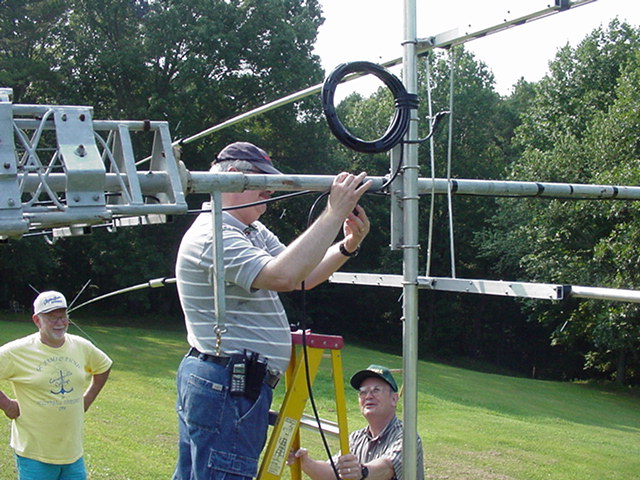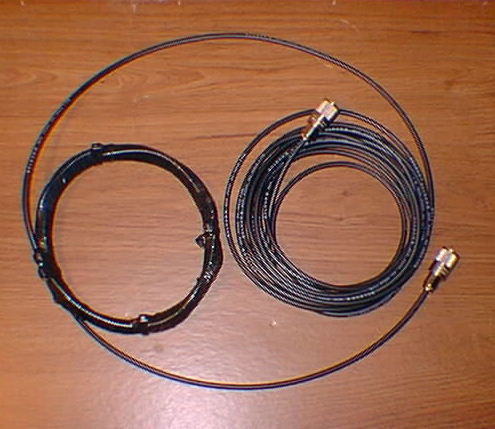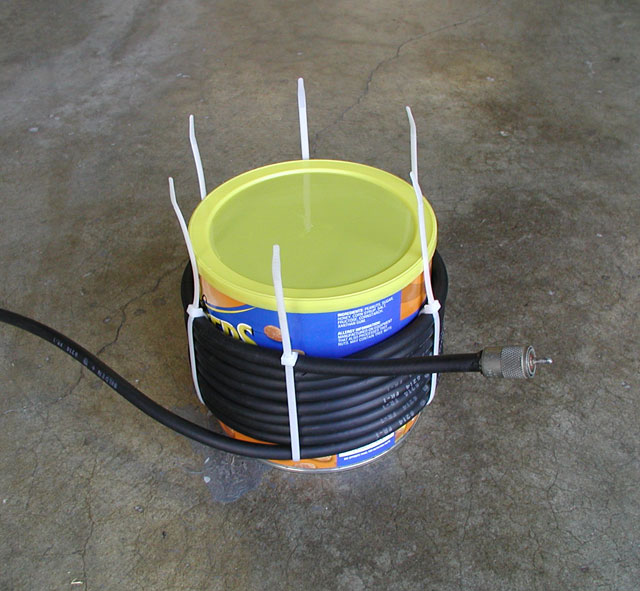im sure beetle was taught the correct way, so i cant dispute what the "right" way is.
all i can say is ive tried it with a 100 watt gun, and with my hako, and i like the hako much better.
the 100 watt gun seemed to do what you say the small iron will do.
as in, heat up the whole connector to the point where it melts the dielectric.
the hako seems to keep the heat more localized. like, i can solder one hole with ease after its heated, but i cant leave the iron where it is and solder the next hole.
i have to put the iron on, or right next to the next hole to solder it.
maybe it was a mistake, but i purposely exaggerated the heating time because his connectors looked way under heated.
all i can say is that i have been doing it this way for over 5 years, and the way i do it works excellent.
and it doesnt take me 6 minutes either! LOL
that being said, i am self taught, as i am with everything i know about radio, and i have never had anyone show me anything in person.
everything i know, i learned from a book, an on-air conversation, the internet, and from good ole' trial and error.
so, when it comes to installing connectors, if you're not doing it the "right" way, is it necessarily wrong as long as it works and works well?
LC
all i can say is ive tried it with a 100 watt gun, and with my hako, and i like the hako much better.
the 100 watt gun seemed to do what you say the small iron will do.
as in, heat up the whole connector to the point where it melts the dielectric.
the hako seems to keep the heat more localized. like, i can solder one hole with ease after its heated, but i cant leave the iron where it is and solder the next hole.
i have to put the iron on, or right next to the next hole to solder it.
maybe it was a mistake, but i purposely exaggerated the heating time because his connectors looked way under heated.
all i can say is that i have been doing it this way for over 5 years, and the way i do it works excellent.
and it doesnt take me 6 minutes either! LOL
that being said, i am self taught, as i am with everything i know about radio, and i have never had anyone show me anything in person.
everything i know, i learned from a book, an on-air conversation, the internet, and from good ole' trial and error.
so, when it comes to installing connectors, if you're not doing it the "right" way, is it necessarily wrong as long as it works and works well?
LC







